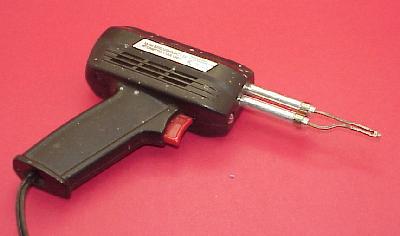I went to the RTE website to see if your plan was a good one and here is what they say (
http://rt-eng.com/rte/index.php/RTE_Limiter_Faq):
"The linear regulator will dissipate a lot of heat because it is constantly dropping a lot of voltage across it in order to create 5V all the time. In fact a linear regulator will generate a lot more heat then the original limiter. It is necessary to thermally bond the linear regulator to the limiter case to keep the regulator from getting too hot under normal operation. For reference, it takes about 300mA per gauge to make each gauge read full scale. Therefore the amount of heat generated by the linear regulator is P=IV=300mA*(12V-5V)*3=6.3Watts. This is a lot of heat.
The linear regulator requires a good ground just like the original limiter. If the ground is lost, then the linear regulator will put out +12V all the time, frying the gauges.
The linear regulator will not properly emulate the original limiter in the sense that the original limiter puts out +12V for 3-4 seconds at initial power up in order to get the gauges up to their correct reading quickly. It can take up to 1 minute for the gauges to reach their final reading when using a linear regulator after turning on the key.
The original mechanical limiter pulses on and off, and this has the effect of overcoming friction inside the FOT gauges. This makes the gauges more responsive to changes. Since the linear regulator doesn't pulse, it doesn't have this effect.
Rarely some linear regulators can fail when their output is shorted to ground. Usually when they fail, they will short the input to the output, causing +12V on the output of the regulator.
On a positive note, most linear regulators have heat sensors inside them and will shutdown when they get too hot (caused by the output being shorted to ground)."
So for $50 spent at RTE, you get a pre- engineered solid state replacement regulator that has a fuse and other safety features. This is the way i'll be going on my dash rebuild.

















